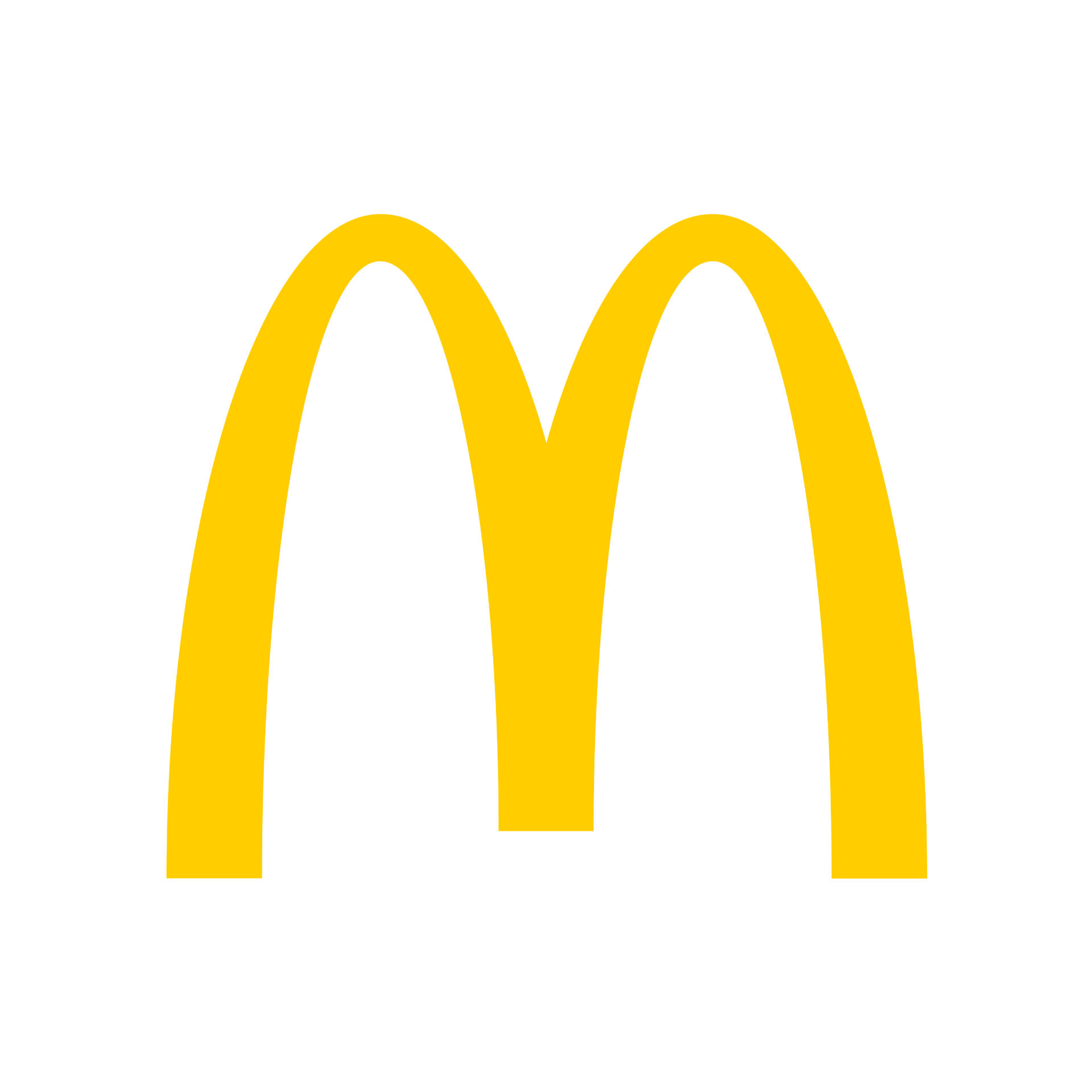
The Coca-Cola Company
What do people say about The Coca-Cola Company?
The perception of The Coca-Cola Company in the UK is largely negative, driven by growing public awareness around health issues such as obesity and sugar consumption linked to its products. Environmental concerns, including plastic waste and sustainability practices, further taint its image. While the brand remains globally recognized and financially successful, these critical issues dominate the discourse, leading to skepticism and occasional backlash from consumers and advocacy groups. There is little evidence from the provided context that positive aspects like innovation or corporate responsibility improve its reputation significantly in the UK market.
Where are the conversations happening?
Due to the lack of specific source segments, it is impossible to analyze differences across channels directly. Typically, UK mainstream media and health-focused platforms are the most critical of The Coca-Cola Company, focusing on health risks and environmental impact. Advertising and financial news sources might be neutral or slightly positive, but these are not present here to provide balance or counterpoints.
What are the topics trending around The Coca-Cola Company?
Health concerns related to sugar consumption and obesity, environmental impact of plastic waste, corporate sustainability efforts and public backlash against large beverage companies.
Why are these topics trending?
These trending topics emerge from increasing public scrutiny in the UK on health-related product impacts and environmental responsibility, which directly affect The Coca-Cola Company's market perception and regulatory environment.
How is The Coca-Cola Company being talked about?
Detailed breakdown of public sentiment and conversations about this entity.
Impact vs Sentiment
See how each entity's high impact percentage relates to their positive sentiment percentage from actual mentions.





